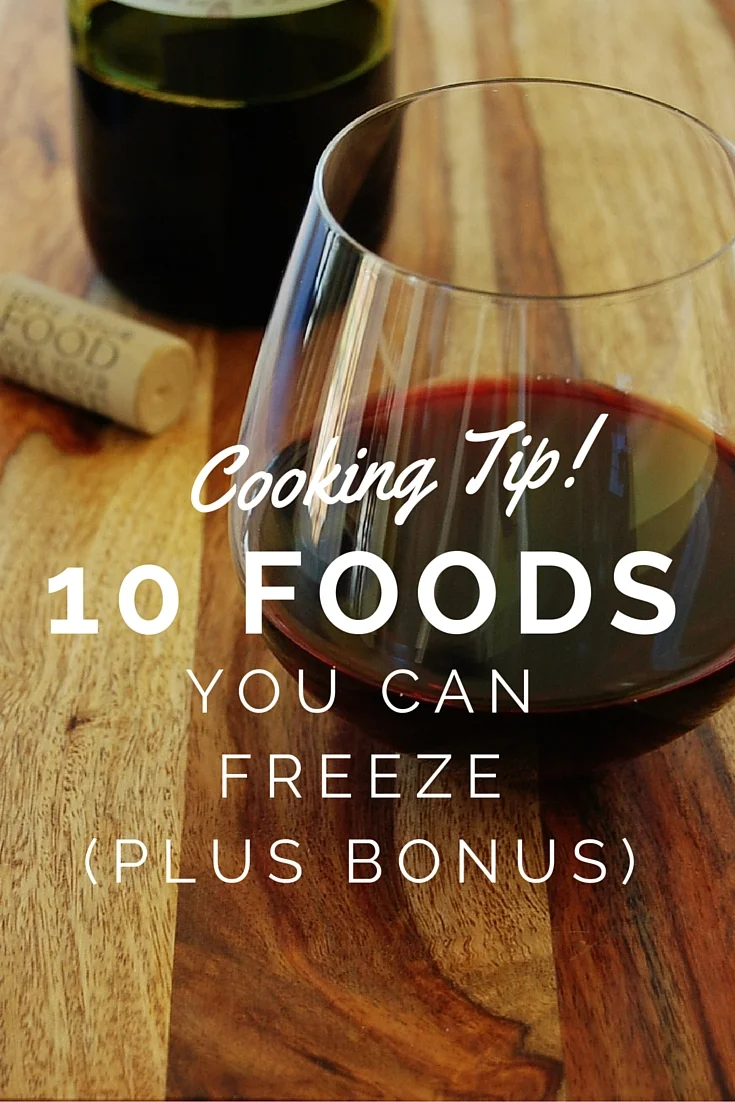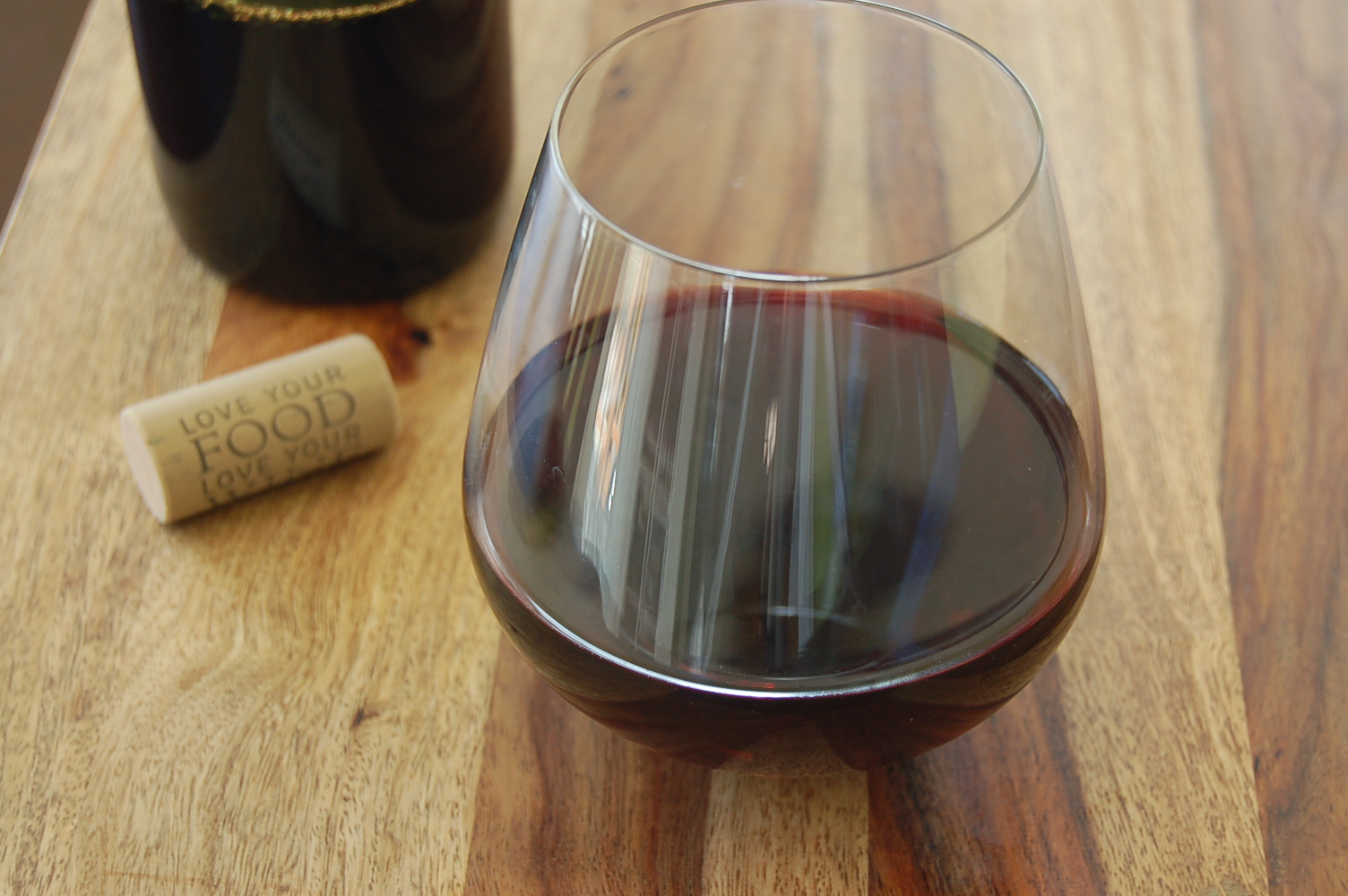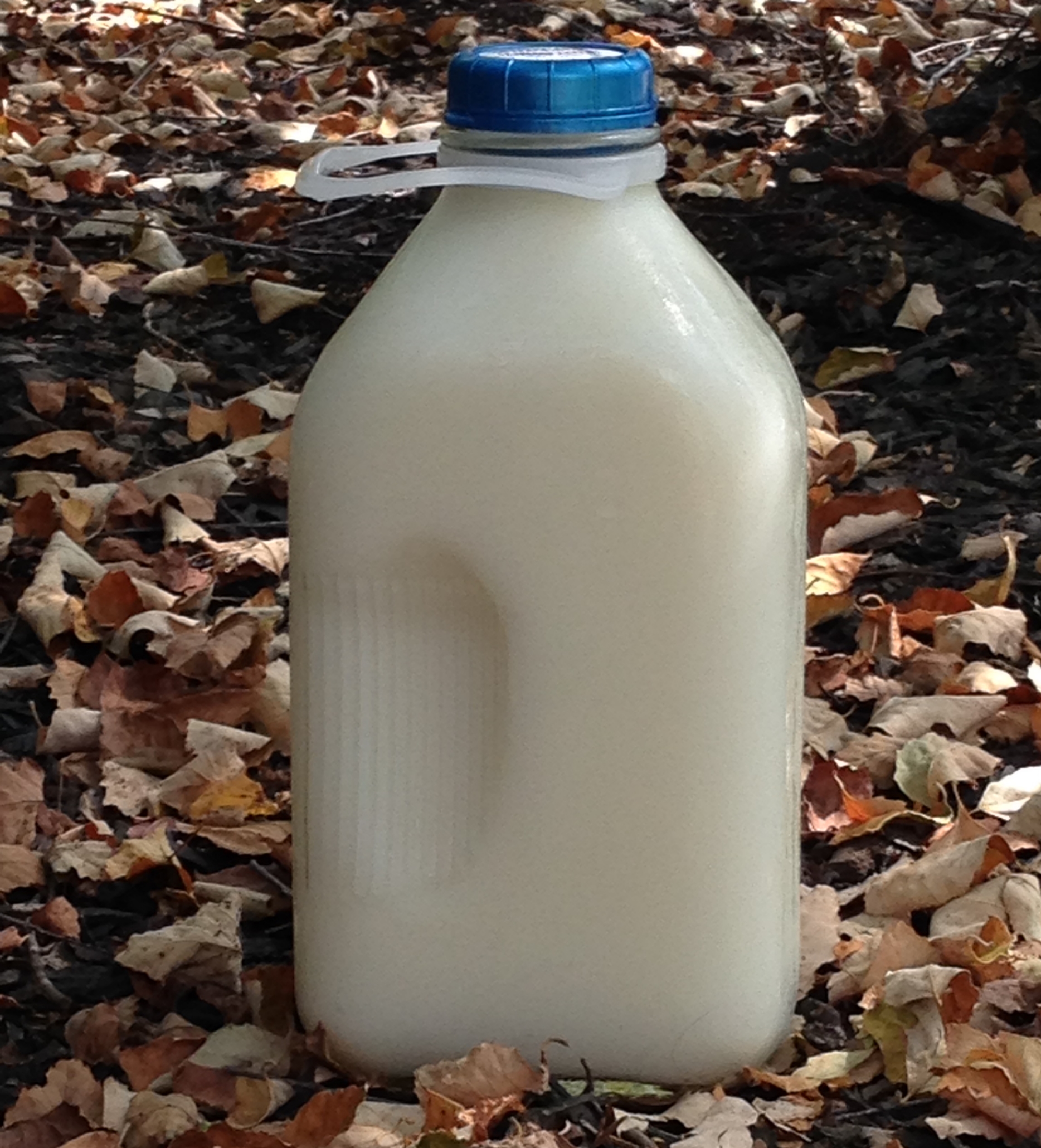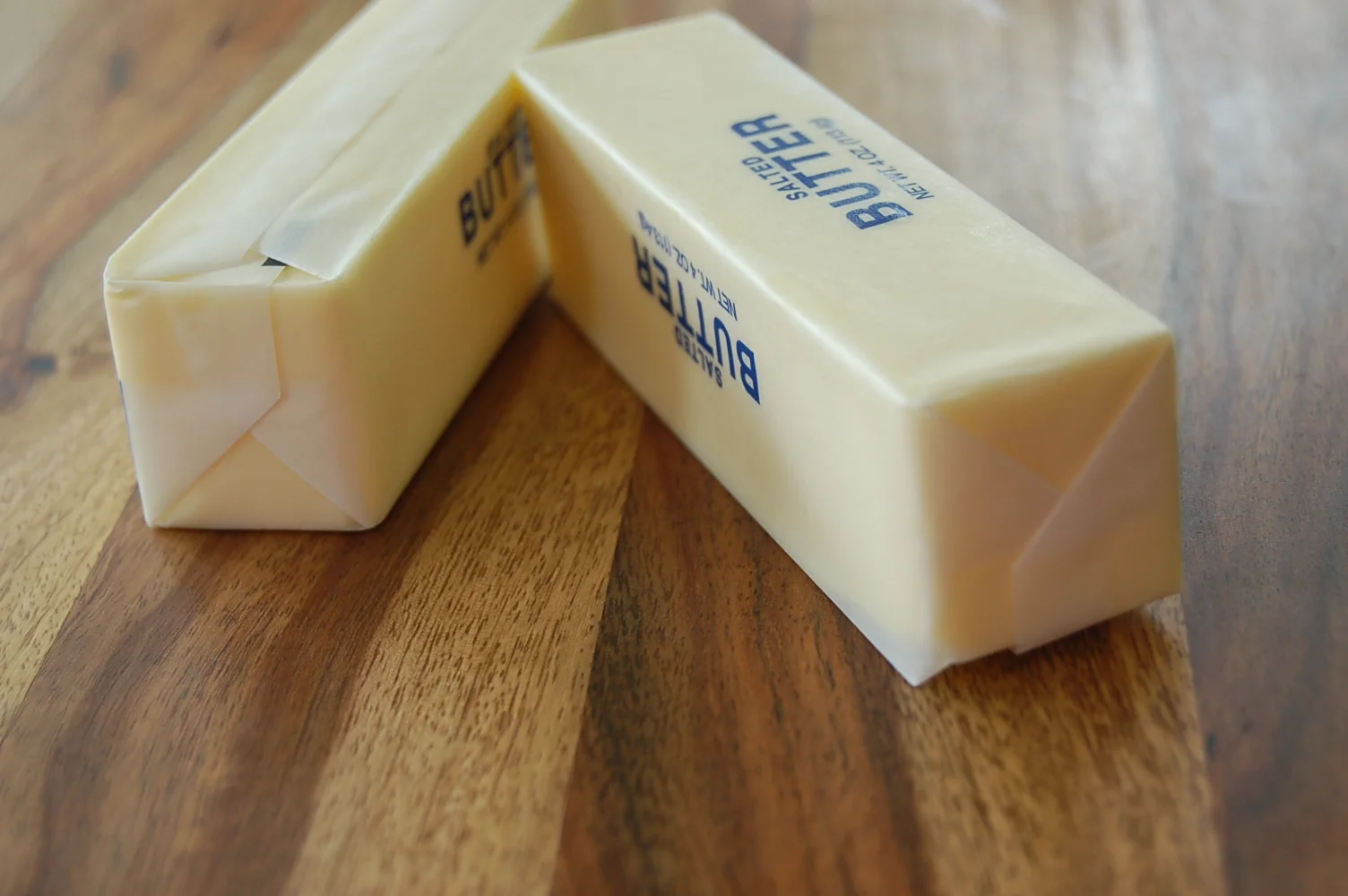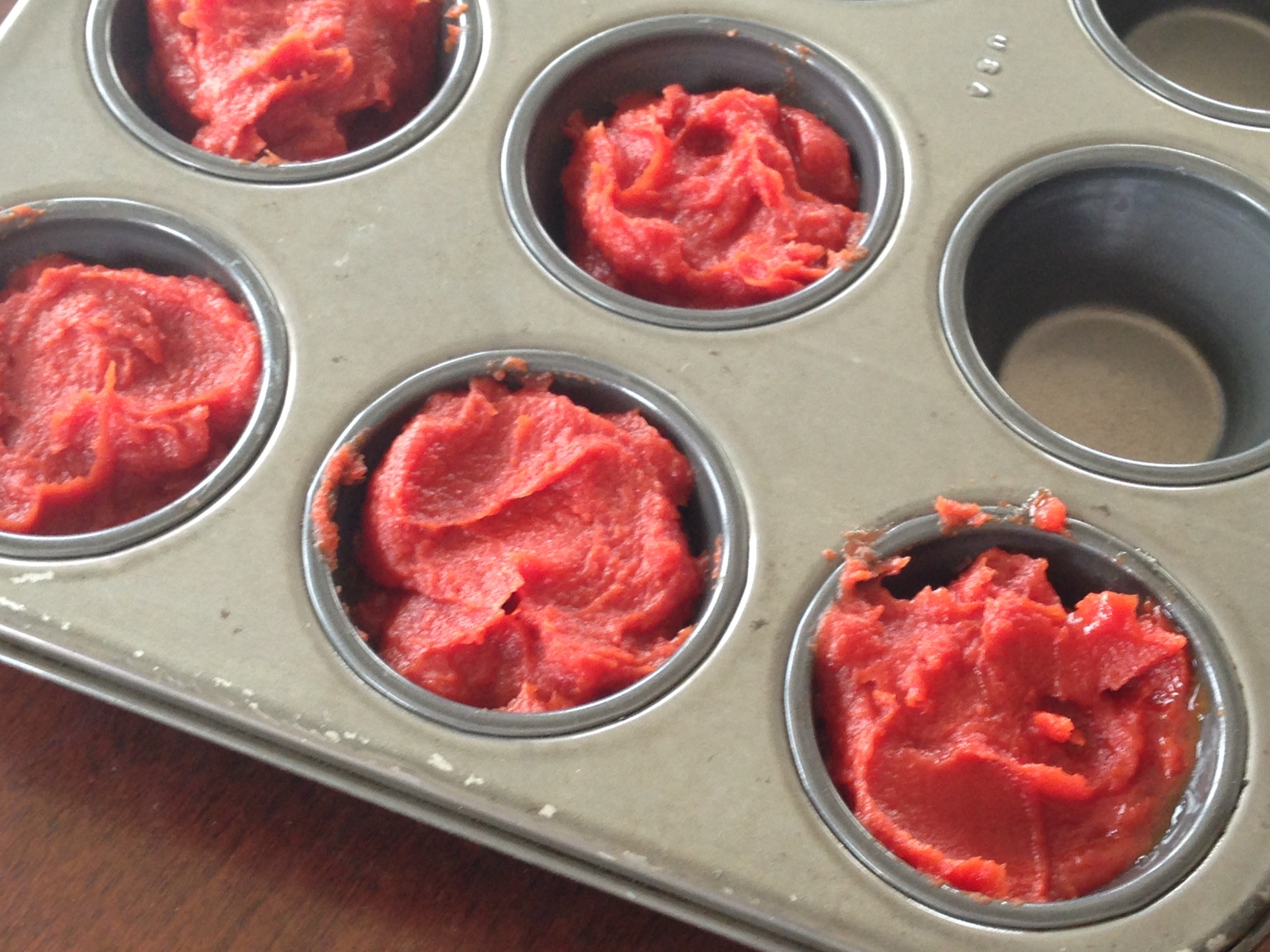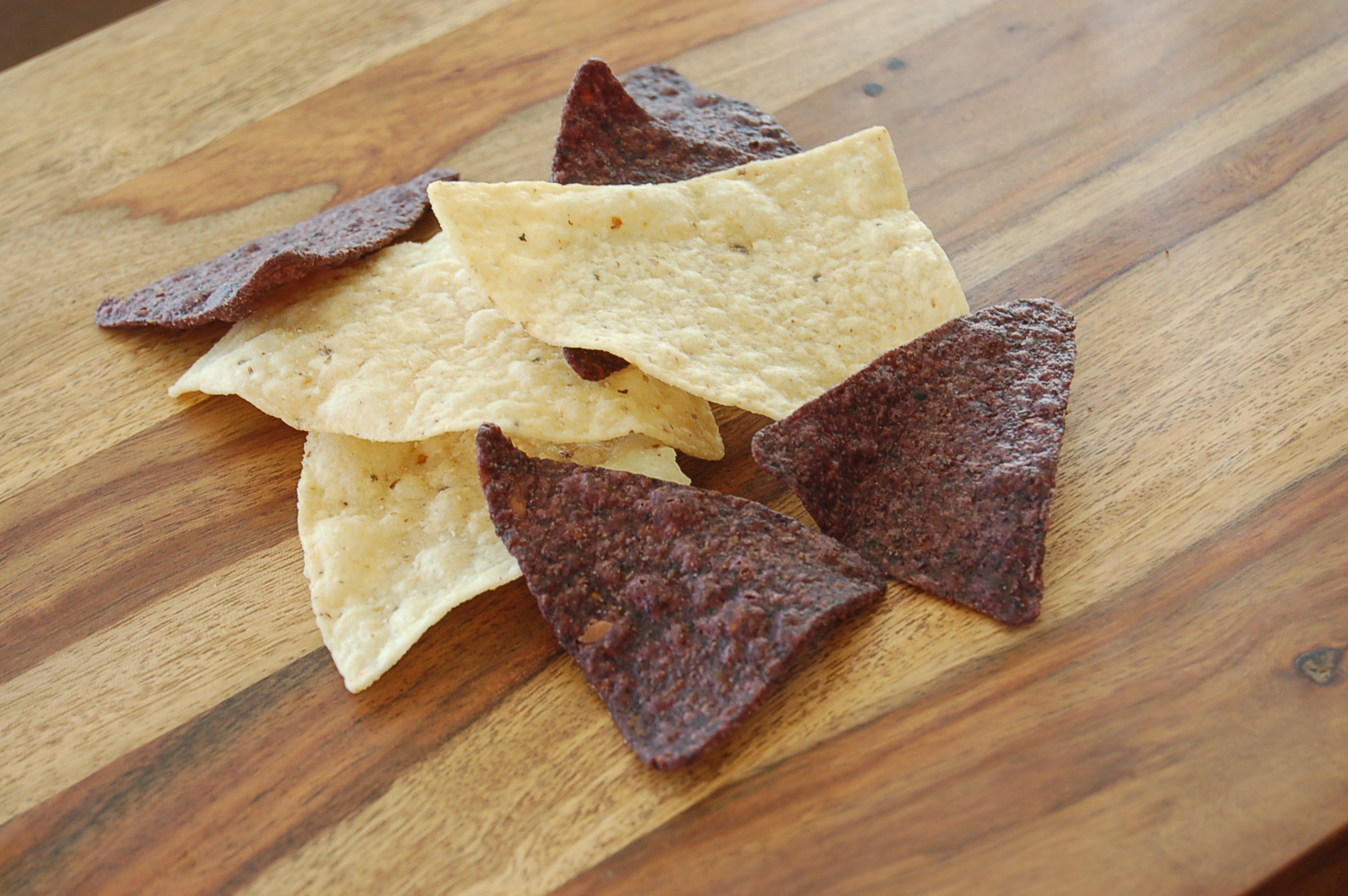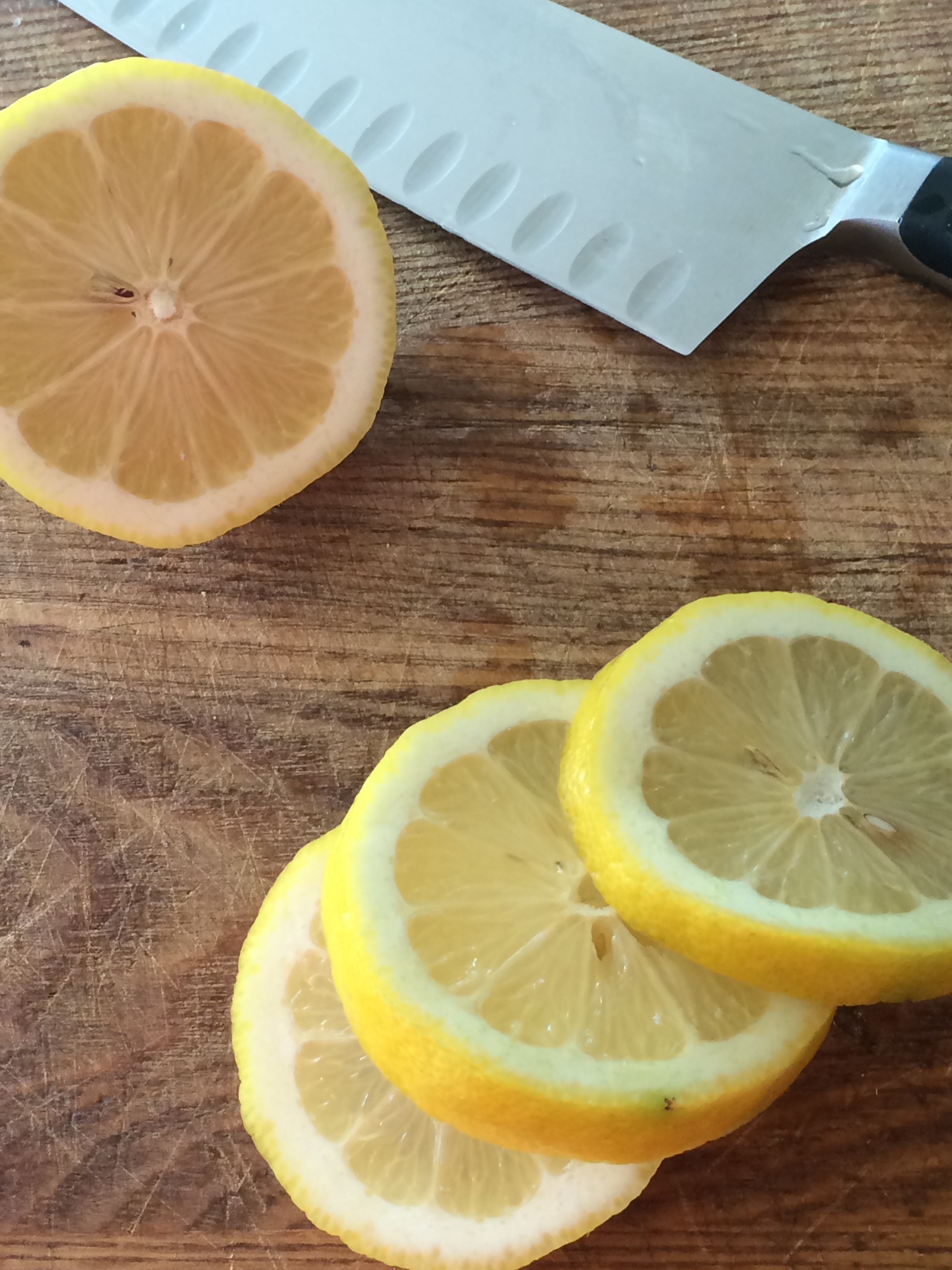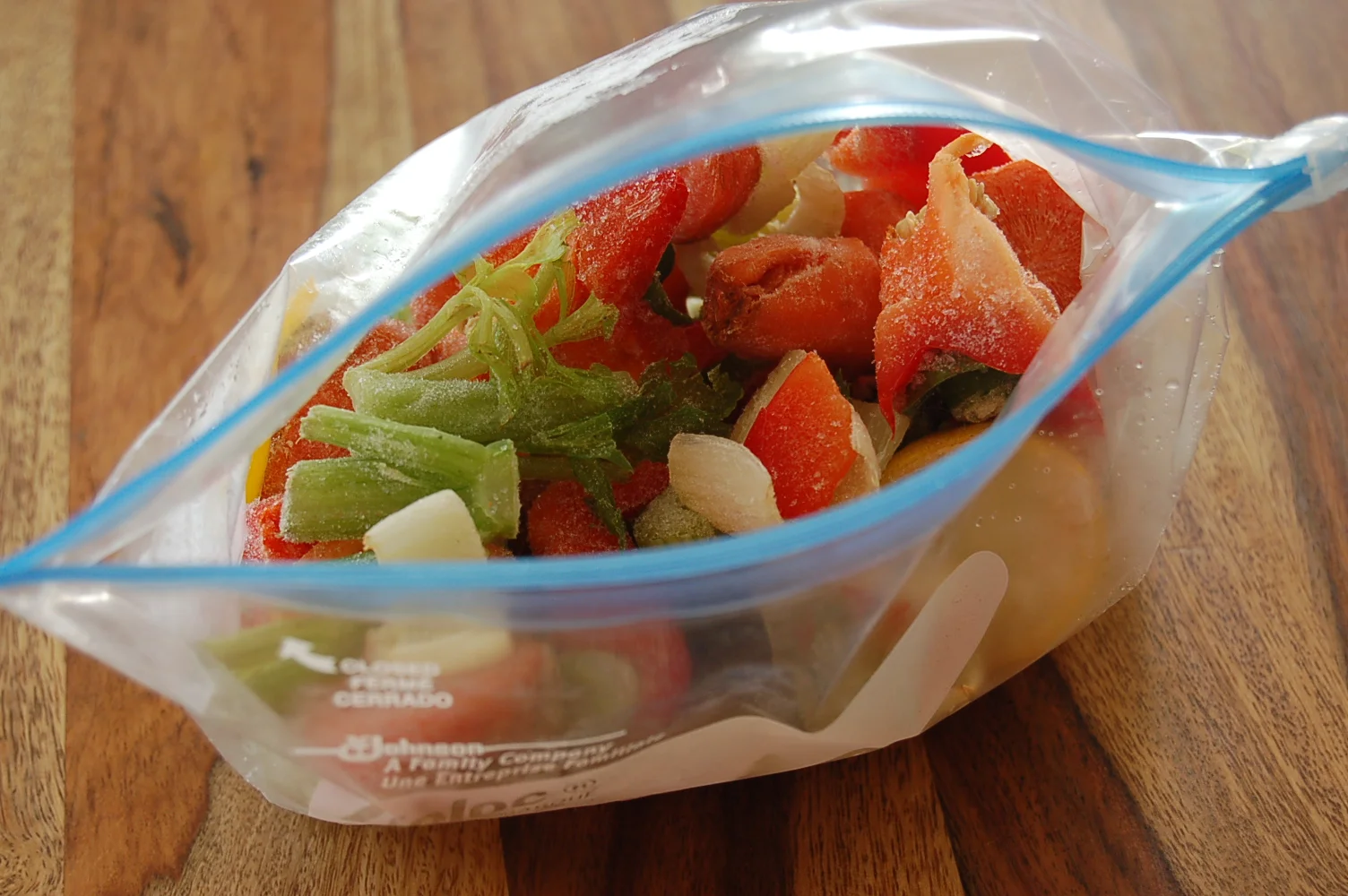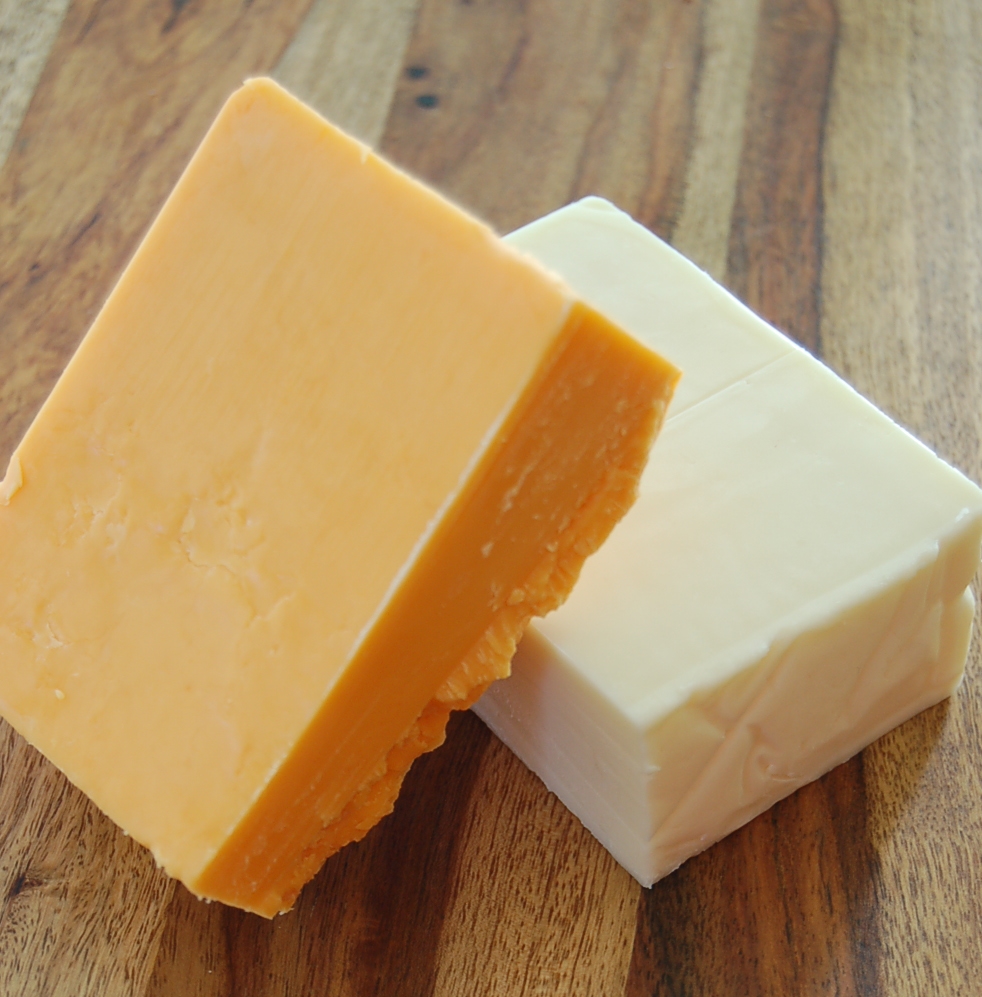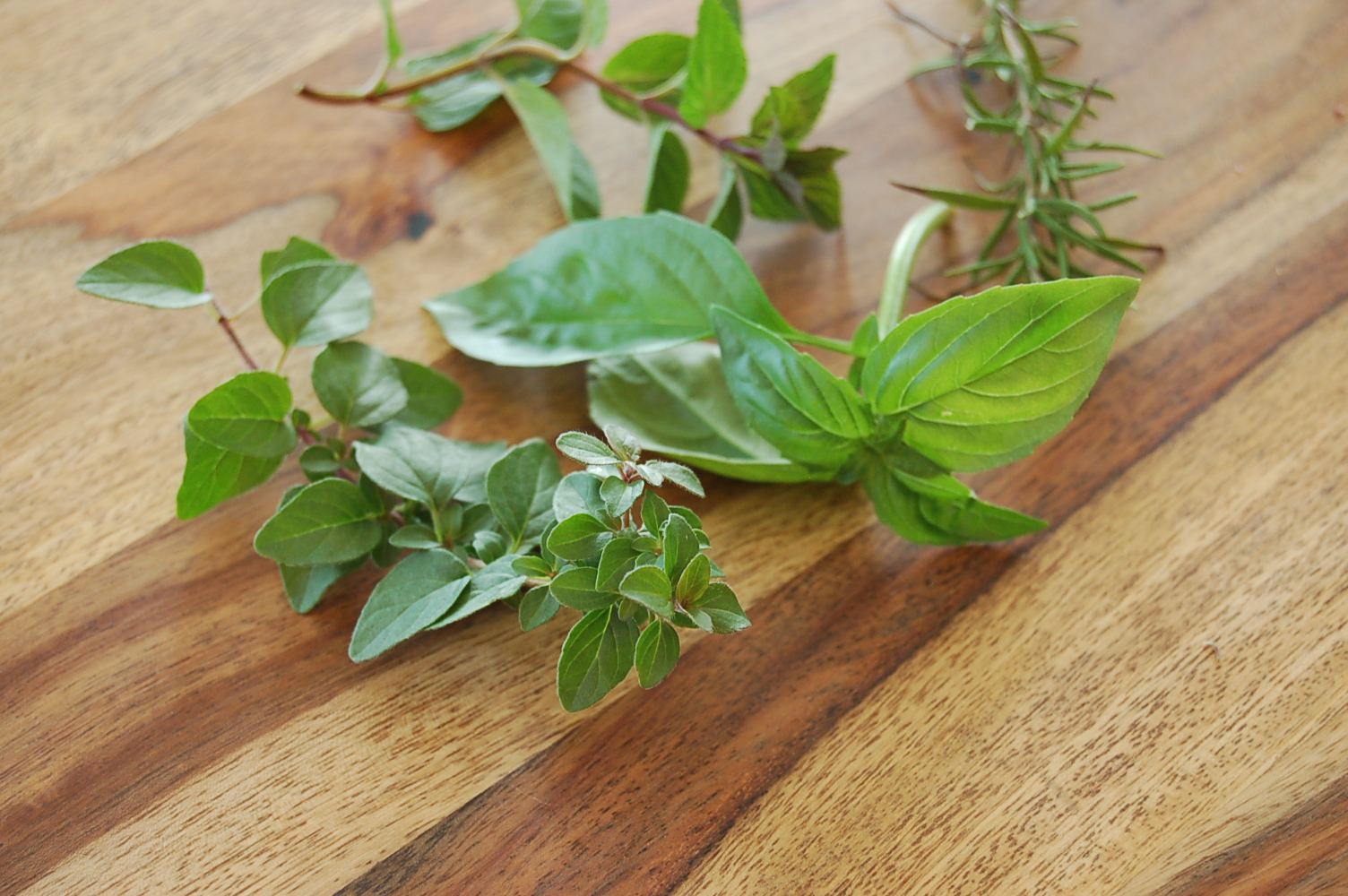Cooking Tip: 10 Foods You Can Freeze
I'm not a fan of wasting food as my family will attest (I'm the queen of turning leftovers into a tonight's new masterpiece...they've caught on, but they still enjoy what I prepare). So, did you know you can save money by freezing food?
With a family of 5 (one young adult, two teens, my hubby and me), plus their friends, you can imagine the size of our food bill. What is a smart mom to do? Freeze food!
Many years ago, at the advice of an older friend, we invested in a commercial freezer. Since then, we buy food on sale, freeze leftovers (unless of course I use them to create new masterpieces), buy food in bulk, and freeze food for another time.
I also learned that aside from meats, fruits, veggies, and frozen foods, there are so many other foods that can be frozen, some of which you may or may not know.
Now you can save money on your grocery bills! Here are 10 foods you can freeze (actually 11, I gave you a bonus).
Wine- If saving leftover wine to use for cooking later, freeze wine in ice cube trays. If just saving wine, put leftover wine into airtight containers. (6months)
Milk- I just found this out recently (And to think for years we would clean out our milk before going on vacation!) Simply freeze your milk in an airtight container and thaw when ready to use. You will need to stir or shake before serving. (Store 3 months)
Eggs- Store cracked eggs (out of shell) in ice cube trays, freezer bags, or airtight containers in the freezer. Thaw in refrigerator when ready to use. (Store up to 1 year).
Avocados- Although the consistency may not be the same, you can freeze avocados. Simply cut the avocados in half, dip in lemon juice, and freeze. Thaw them in the refrigerator when ready to use for the perfect guacamole. (Store up to 6 months)
Butter- Place butter in its original wrapper into the freezer. Defrost in the refrigerator when ready to use. (Store 6-12 months).
Tomato Paste - Place leftover tomato paste in mini muffin tins and freeze. Tomato paste freezes really well and is perfect to use in sauces or chili at a later time. (Store 3 months)
Bread - (I have done this for years...we live in Pennsylvania and it's very humid...bread doesn't last without turning moldy). Bread is very durable. Simply place in the freezer and remove as needed and defrost on the counter or microwave for 10-20 seconds. (3 months)
Chips/ Crackers- Just like bread, crackers and chips freeze well. Remove from freezer and place on counter to defrost. If after thawing chips or crackers are stale simply place on a cookie sheet. Bake crackers at 350 degrees for about 5 minutes, or until crisp. (6-8 months).
Lemons (or any citrus) - Citrus is perfect for freezing for the juice and the zest. Simply defrost on the counter when ready to use. (6 months)
Vegetable Scraps - Onion, celery, carrot, and turnip ends, peppers and such...place them in a resealable bag or airtight container and use for a lovely broth later. (6+ months)
Cheese - One of my favorites! Buy cheese blocks on sale and either freeze as is or shred cheese into freezer bags for later. Cheese defrosts nicely on the counter.
Herbs - Here's a bonus. Freeze leftover fresh herbs in ice cube trays or small resealable bags with a little water. (6+ months)

